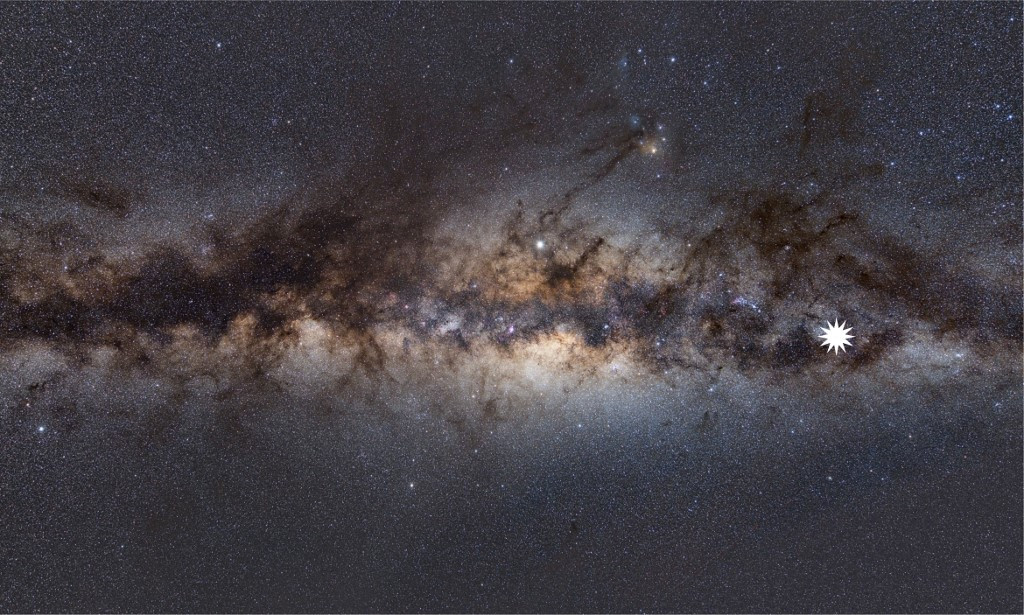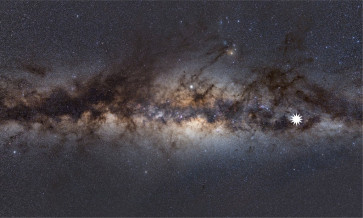Popular Reads
Top Results
Can't find what you're looking for?
View all search resultsPopular Reads
Top Results
Can't find what you're looking for?
View all search resultsScientists amazed by blinking star's 'totally unexpected' behavior
Change text size
Gift Premium Articles
to Anyone
S
cientists have detected what appears to be an incredibly dense star behaving unlike anything else ever seen – and suspect it might be a type of exotic astrophysical object whose existence has until now been only hypothesized.
The object, spotted using the Murchison Widefield Array telescope in outback Western Australia, unleashed huge bursts of energy roughly three times per hour when viewed from Earth during two months in 2018, the researchers said.
It may be the first known example of what is called an "ultra-long period magnetar," they said. This is a variety of a neutron star – the compact collapsed core of a massive star that exploded as a supernova – that is highly magnetized and rotates relatively slowly, as opposed to fast-spinning neutron star objects called pulsars that appear from Earth to be blinking on and off within milliseconds or seconds.
"It's mind-bogglingly wonderful that the universe is still full of surprises," said radio astronomer Natasha Hurley-Walker at the Curtin University node of the International Centre for Radio Astronomy Research (ICRAR) in Australia, lead author of the study published this week in the journal Nature.
The object may be continuously beaming strong radio waves from its north and south poles. As that beam swept through the line of sight from Earth's vantage point, it appeared to switch on every 18 minutes and 11 seconds for about 30 to 60 seconds, then off again. That is an effect similar to a lighthouse with a rotating light that seems to blink on and off from the perspective of a stationary observer.
It was found in a broader research effort mapping celestial sources of radio waves.
"This is an entirely new kind of source that no one has ever seen before," Hurley-Walker said. "And while we know the Milky Way must be full of slowly spinning neutron stars, no one expected them to be able to produce bright radio emission like this. It's a dream come true to find something so totally unexpected and amazing."



















